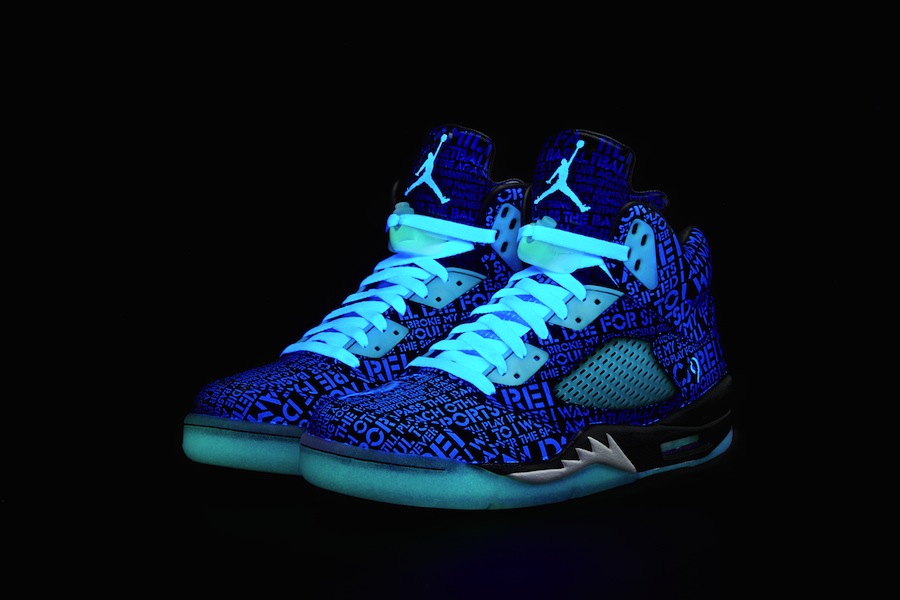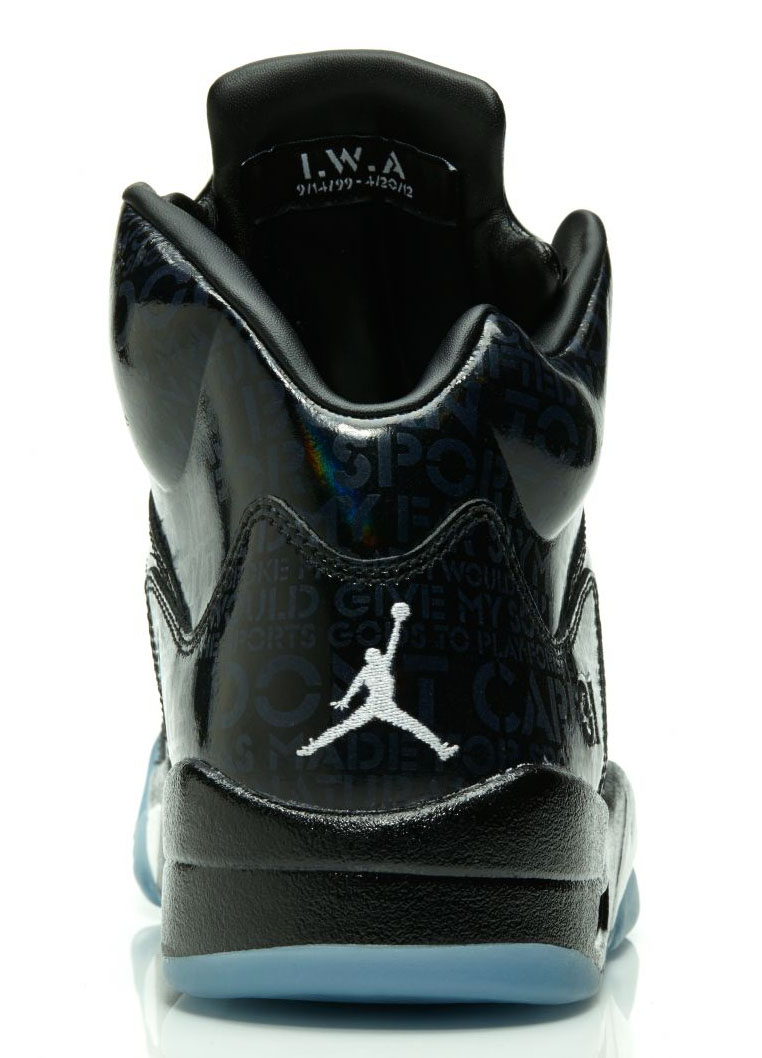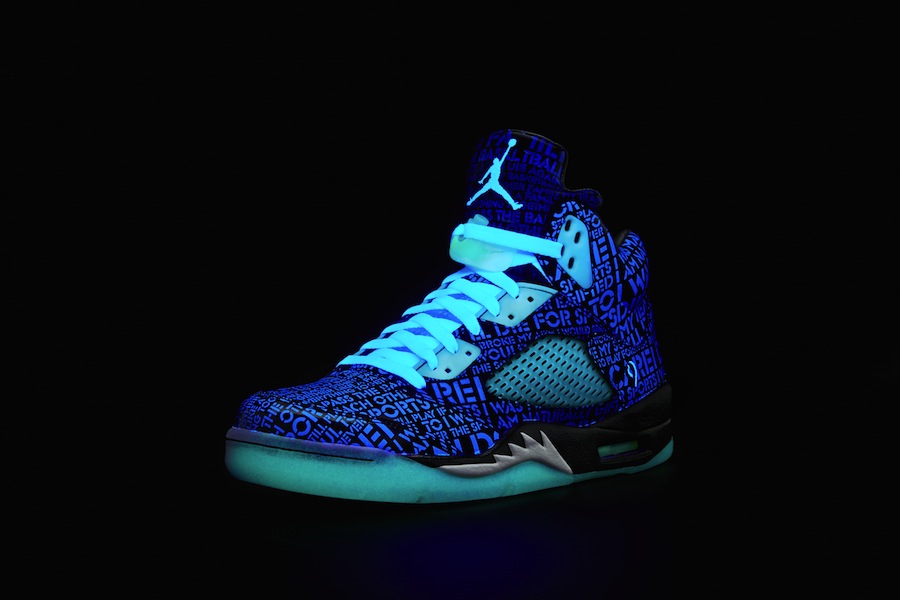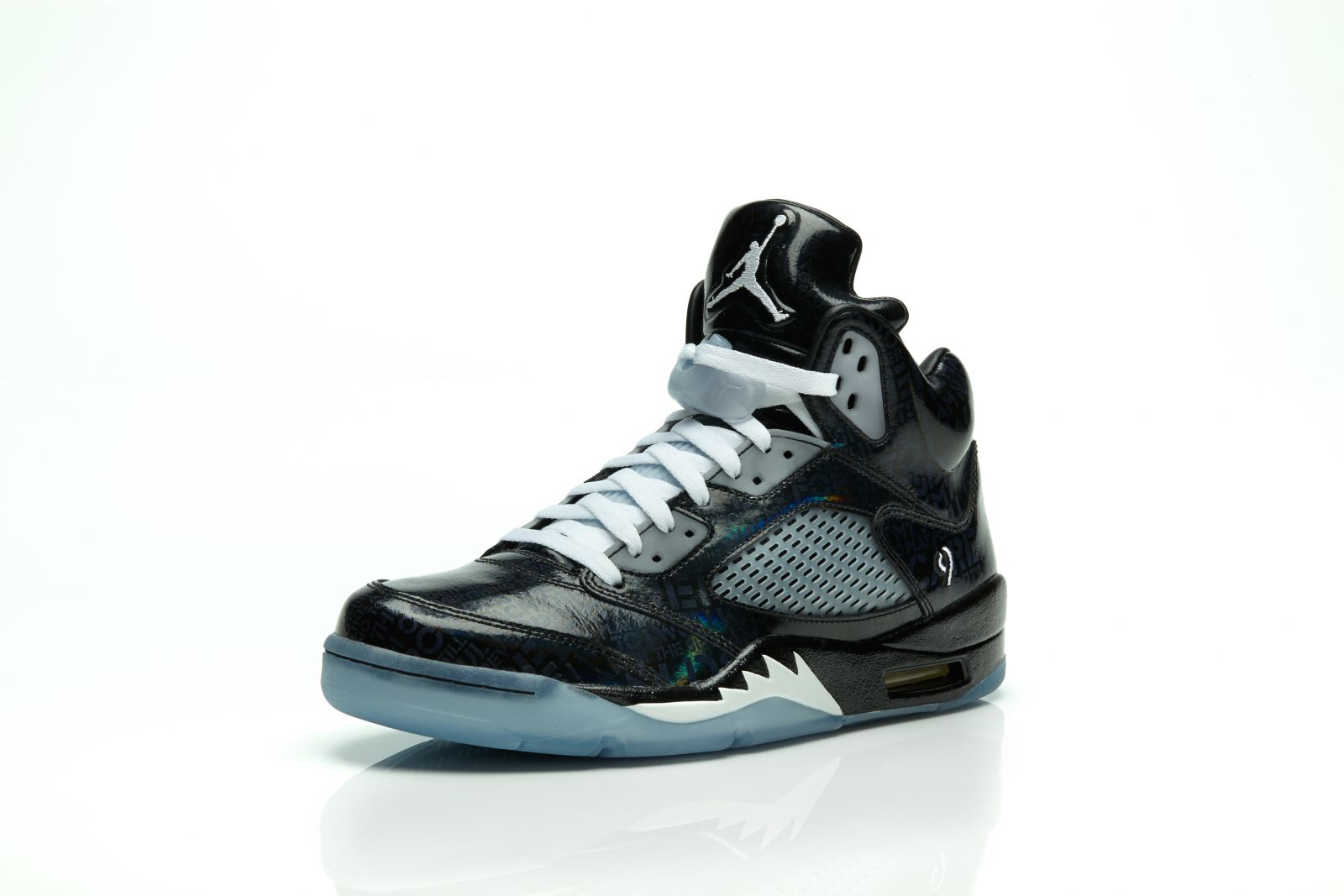
words // Zac Dubasik
The launch of the latest limited Air Jordan has come and gone, and once again, bots and resellers seem to have marred the experience and left plenty of unhappy fans. That’s nothing new, but this time, there’s an added issue. All proceeds from Doernbecher 5s are donated to charity by Nike, which means that resellers are potentially making out better than the Doernbecher Childrens Hospital.
 Let’s think about the numbers for a minute. The Doernbecher 5s retailed for $180. While official numbers weren’t released, let’s just say that there were 5,000 pairs available. If the proceeds on each pair were $90, that’d mean a total of $450,000 was raised. That’s quite an accomplishment for a single day, and a serious contribution to a great cause. But, let’s next take a look at what resellers are currently moving pairs for.
Let’s think about the numbers for a minute. The Doernbecher 5s retailed for $180. While official numbers weren’t released, let’s just say that there were 5,000 pairs available. If the proceeds on each pair were $90, that’d mean a total of $450,000 was raised. That’s quite an accomplishment for a single day, and a serious contribution to a great cause. But, let’s next take a look at what resellers are currently moving pairs for.
At the time of this writing, eBay "Buy It Now" prices are in the $1,000 range, with current auctions reaching over $900 – with time to go and lots of bids. For demonstration purposes, let’s just look at the low end, and say resellers are getting $900. After paying retail, that’s a $720 profit per shoe. If resellers were to sell 5,000 pairs at that same price, they’d total $3,600,000. Obviously, not every pair will be resold, but the problem is clear. There has to be a better way.
Once you've bought or been given something, it's yours, and you have every right to do with it as you please. Sure, there are more and less ethical courses of action that can be taken, but at the end of the day, if you want to make a $720 profit on a shoe that was created to raise money for charity, that's up to you. I don't fault the buyers here. Nike has created this demand; they’ve chosen to limit the supply. And ultimately, it’s on them. But how should it be handled? Here’s a look at a few different ideas.
Charge more:
If resellers are getting upwards of $900, why not just charge $900 themselves or list the shoes directly onto eBay like the Mags were, and have even more proceeds to donate? When prices are that much to start with, profits are harder to come by for resellers. But on the downside, that also prices out fans who actually wanted the shoe for themselves.
Physical releases only:
Resellers have always found ways to acquire multiple pairs of kicks, even when limited to single pairs at a physical launch. It does make things much harder for them though, which means more fans that want the shoes have a chance. The problem with physical releases is that for fans that live in an area without a Nike store, they have no chance to score a pair at all, thus having to rely on resellers.
Make more pairs:
At first thought, this seems like the most obvious and effective solution. Making more pairs available would not only help raise more funds for charity, it would curb resellers motivation. Here’s where it gets complicated though. Despite their generous charitable contributions, Nike is in the business of making money. And if too many buyers are able to purchase a shoe where the entire proceeds are being donated, they might not have as much money for the next release, which isn’t going to charity.
As you can see, there isn’t one simple solution that addresses all parties. But once again, resellers win out on this release. How could things be improved in the future? Let us know your thoughts in the comments.



